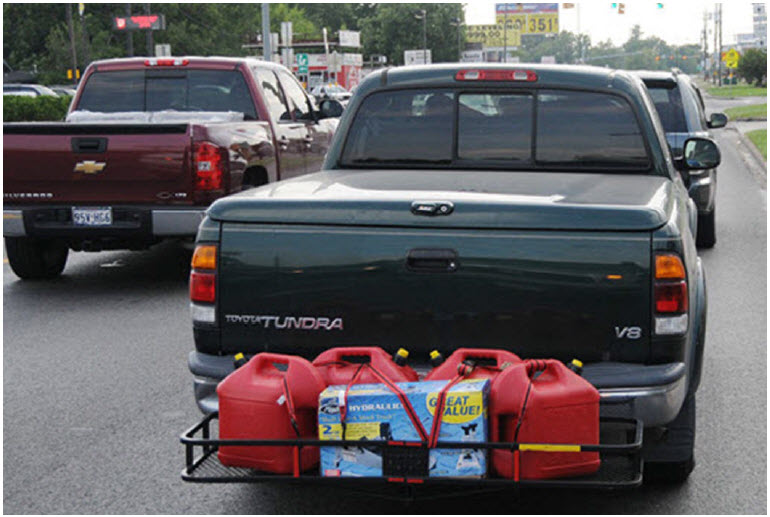
Perfect Storm of Panic Buying
History has shown that natural disasters can occur at any time with devastating effects. Recent destruction from both Hurricane Harvey in Texas and Louisiana and Hurricane Irma in Florida caused widespread outages in the Southeast. Not only was fuel supply disrupted, but the entire supply chain across the U.S. felt the impact. Panic buying lay at the heart of the disruption, and was immediately felt in the fuel industry.
Panic buying is the action of buying large quantities of a particular product or commodity due to sudden fears of a forthcoming shortage or price increase. The public’s panic buying of goods (i.e. water, bread, milk) is a result of fear of an upcoming supply scarcity.
As Hurricane Harvey approached the U.S., consumers remembering the Colonial Pipeline shortage from 2016 panicked and began “stocking-up.” For example, I ventured to my local grocery store outside of Atlanta to get some soda the weekend Harvey hit Houston, and the store was completely out of bottled water – 800 miles away from the eye of the storm! From that moment, I knew there would be significant demand from consumers in the fuel business.
That’s exactly what happened. Consumers began topping off the gas tanks in their cars and companies throughout the country began topping off their bulk tanks. Transportation companies critical to the distribution of goods in the U.S. began panic buying, often resulting in over ordering. Though their intentions were good, the impact of panic buying ultimately harmed the U.S. transportation network by driving up fuel prices and limiting supplies. Managing the logistics surrounding a product with immense supply constraints and higher than average demand (quadruple normal demand, in this case) becomes extremely challenging.
Panic buying during Hurricanes Harvey and Irma created a perfect storm in U.S. logistics. Many terminals and refineries in Houston ceased operations to prevent damage as Harvey passed. These closures (about a fifth of U.S. production overall) triggered a short-term fuel shortage in the U.S. across the southeast, from Texas to the Carolinas. The shortage forced fuel carriers to wait in longer lines at the terminals (often waiting several hours) after driving hours in some cases to find a terminal with product available. Extended wait times meant drivers, who normally deliver 4-5 loads per shift, were only able to make 1-2 deliveries in the same timeframe, severely weakening carrier capacity. Deliveries to the customer were subsequently delayed, slowing business operations across a spectrum of industries. On top of that, if a customer was panic buying and ordered fuel when their tank was still full, that fuel truck had to be diverted elsewhere, causing yet more delivery delays for those in need.
Originally published in the Mansfield Energy FUELSNews 360 Quarterly Report (Q3 2017, page 29)
Read our daily market news updates at fuelsnews.com
This article is part of Daily Market News & Insights
Tagged:
MARKET CONDITION REPORT - DISCLAIMER
The information contained herein is derived from sources believed to be reliable; however, this information is not guaranteed as to its accuracy or completeness. Furthermore, no responsibility is assumed for use of this material and no express or implied warranties or guarantees are made. This material and any view or comment expressed herein are provided for informational purposes only and should not be construed in any way as an inducement or recommendation to buy or sell products, commodity futures or options contracts.






